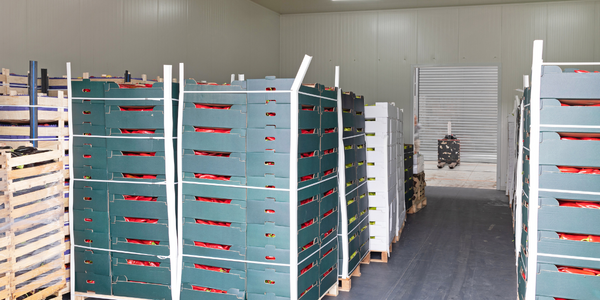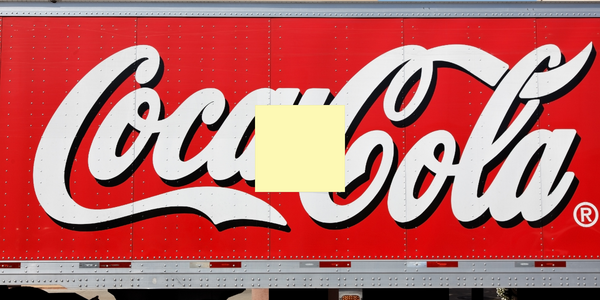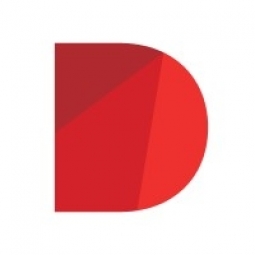Customer Company Size
Large Corporate
Region
- America
- Europe
Country
- United States
- Canada
Product
- Diligent Entities
Tech Stack
- Data Management
- Data Reporting
Implementation Scale
- Enterprise-wide Deployment
Impact Metrics
- Productivity Improvements
- Cost Savings
Technology Category
- Platform as a Service (PaaS) - Data Management Platforms
Applicable Industries
- Food & Beverage
Applicable Functions
- Business Operation
Services
- Data Science Services
About The Customer
Sysco Corporation, founded in 1969, is a global leader in the supply of food and related products, primarily to the foodservice or food away-from-home industry. The company provides products and related services to over 650,000 customer locations, including restaurants, healthcare and educational facilities, lodging establishments, and other foodservice customers. Sysco operates more than 320 distribution facilities worldwide and had sales in 2019 of $60.1 billion. The company employs more than 69,000 associates. Sysco's underlying principle for proper corporate governance is to 'do the right thing', building its business on quality relationships with customers, suppliers, communities, and shareholders, which depend on mutual trust and understanding.
The Challenge
Sysco Corporation, a global leader in food and related products, faced a significant challenge in managing its over 300 active entities and divisions across various regions including the US, Canada, Europe, China, and South America. The company's biggest risk was keeping up-to-date with each entity's business operations and ensuring they were in good standing. Sysco's transport vehicles regularly cross state lines, and if the entities they operate from are not in good standing, they could potentially face severe fines. The company needed a system that would allow them to track not only US and Canadian companies, but also companies in Europe, China, and South America. The previous system they were using was very limited and lacked flexibility.
The Solution
Sysco adopted Diligent Entities, a system that provided the flexibility and comprehensive tracking capabilities the company needed. Diligent Entities allowed Sysco to manage various aspects of an entity, including keeping up-to-date with officers and directors, tracking assumed and former names and the dates in which they existed, and knowing the jurisdictions each entity is qualified to do business in. The system also enabled Sysco to track how they were filing, whether electronically or via snail mail, and whether they were doing the filing or if a third-party was involved. The cost of each individual filing could also be tracked, providing valuable insights into the company's expenses. The system centralized all of Sysco's entity information in one place, making it easily accessible even when key personnel were not in the office.
Operational Impact
Quantitative Benefit

Case Study missing?
Start adding your own!
Register with your work email and create a new case study profile for your business.
Related Case Studies.

Case Study
The Kellogg Company
Kellogg keeps a close eye on its trade spend, analyzing large volumes of data and running complex simulations to predict which promotional activities will be the most effective. Kellogg needed to decrease the trade spend but its traditional relational database on premises could not keep up with the pace of demand.

Case Study
HEINEKEN Uses the Cloud to Reach 10.5 Million Consumers
For 2012 campaign, the Bond promotion, it planned to launch the campaign at the same time everywhere on the planet. That created unprecedented challenges for HEINEKEN—nowhere more so than in its technology operation. The primary digital content for the campaign was a 100-megabyte movie that had to play flawlessly for millions of viewers worldwide. After all, Bond never fails. No one was going to tolerate a technology failure that might bruise his brand.Previously, HEINEKEN had supported digital media at its outsourced datacenter. But that datacenter lacked the computing resources HEINEKEN needed, and building them—especially to support peak traffic that would total millions of simultaneous hits—would have been both time-consuming and expensive. Nor would it have provided the geographic reach that HEINEKEN needed to minimize latency worldwide.

Case Study
Energy Management System at Sugar Industry
The company wanted to use the information from the system to claim under the renewable energy certificate scheme. The benefit to the company under the renewable energy certificates is Rs 75 million a year. To enable the above, an end-to-end solution for load monitoring, consumption monitoring, online data monitoring, automatic meter data acquisition which can be exported to SAP and other applications is required.

Case Study
Coca Cola Swaziland Conco Case Study
Coco Cola Swaziland, South Africa would like to find a solution that would enable the following results: - Reduce energy consumption by 20% in one year. - Formulate a series of strategic initiatives that would enlist the commitment of corporate management and create employee awareness while helping meet departmental targets and investing in tools that assist with energy management. - Formulate a series of tactical initiatives that would optimize energy usage on the shop floor. These would include charging forklifts and running cold rooms only during off-peak periods, running the dust extractors only during working hours and basing lights and air-conditioning on someone’s presence. - Increase visibility into the factory and other processes. - Enable limited, non-intrusive control functions for certain processes.

Case Study
Temperature Monitoring for Restaurant Food Storage
When it came to implementing a solution, Mr. Nesbitt had an idea of what functionality that he wanted. Although not mandated by Health Canada, Mr. Nesbitt wanted to ensure quality control issues met the highest possible standards as part of his commitment to top-of-class food services. This wish list included an easy-to use temperature-monitoring system that could provide a visible display of the temperatures of all of his refrigerators and freezers, including historical information so that he could review the performance of his equipment. It also had to provide alert notification (but email alerts and SMS text message alerts) to alert key staff in the event that a cooling system was exceeding pre-set warning limits.

Case Study
Coca-Cola Refreshments, U.S.
Coca-Cola Refreshments owns and manages Coca-Cola branded refrigerators in retail establishments. Legacy systems were used to locate equipment information by logging onto multiple servers which took up to 8 hours to update information on 30-40 units. The company had no overall visibility into equipment status or maintenance history.







